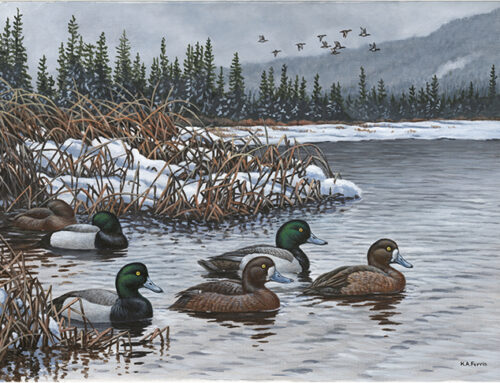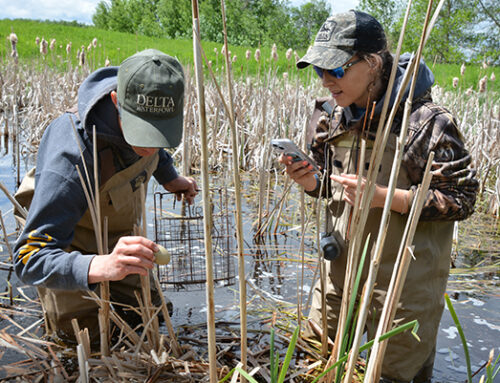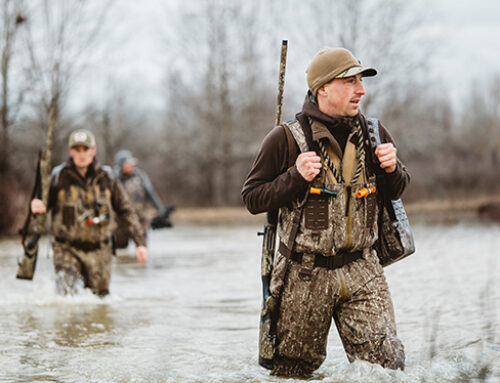Waterfowl Breeding Habitat Conditions as of June 30, 2024

Continued precipitation during the month of June sustained the dramatically improved conditions for breeding ducks that were delivered in May. The enhanced wetlands on the landscape are most obvious across critical areas of Saskatchewan, Manitoba, and the eastern Dakotas, which should strongly benefit duck production efforts.
The added water on the landscape also benefitted from a relatively cool summer across much of the PPR, leading to slower evaporation. We expect that this helped wetland conditions in key breeding areas to approach average in May and maintain their strength throughout the month of June and into early July. That is a terrific development for strong renesting species such as mallards.
Further, the timely rains fueled exceptional vegetation growth, giving brood-rearing habitats a boost in core regions at just the right time. Good cover, particularly when wetland basins extend into the cattails and vegetation around their rims, provides ducklings safe places to hide predators.
However, sizable chunks of Alberta, select portions of Saskatchewan, and other areas of the PPR remain in fair shape and would certainly benefit from some last-minute precipitation.
The Great Lakes region has improved upon its already promising conditions, too, with considerable moisture—in many cases far too much—falling in western Ontario, portions of central Wisconsin, and the whole of Michigan.
In the Atlantic Flyway, conditions remain good to excellent throughout nearly all of the eastern survey area, which should help black ducks and eastern-breeding mallards.
In the Pacific Flyway, California is still in fantastic shape to make mallards. And Alaska’s river deltas, including the critical Yukon region, continue to offer excellent conditions for pintails and other breeding ducks. —Mike Buxton






Leave A Comment